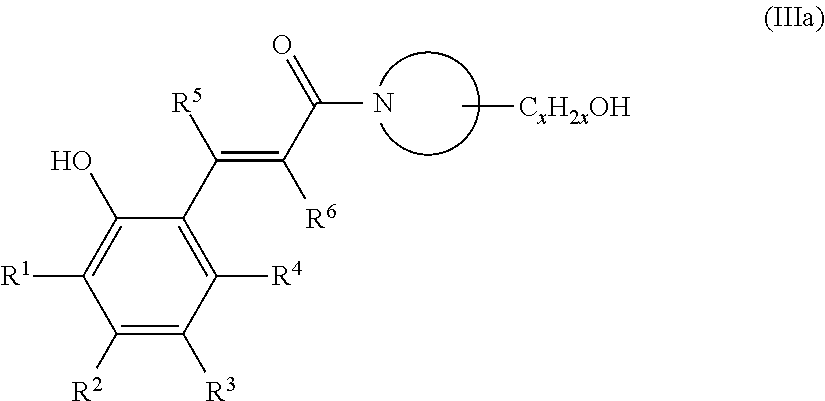Positive type photosensitive siloxane composition
a technology of photosensitive siloxane and composition, which is applied in the field of positive type photosensitive siloxane composition, can solve the problems of phenyl-containing polysiloxane emitting harmful and carcinogenic effects, complicated wiring, and getting difficult to meet the above materials, and achieves no unfavorable effects on human bodies, high sensitivity, and no polluting of the production system
- Summary
- Abstract
- Description
- Claims
- Application Information
AI Technical Summary
Benefits of technology
Problems solved by technology
Method used
Image
Examples
examples
[0115]The present invention will be further explained concretely by use of the following examples and comparative examples. However, those examples and comparative examples by no means restrict the present invention.
synthesis examples
[0116]First, synthesis examples of polysiloxanes according to the present invention will be described below.
[0117]Measurements of gel permission chromatography (GPC) were carried out by use of HLC-8220GPC type high-speed GPC system ([trademark], manufactured by TOSOH CORPORATION) and Super Multipore HZ-N type GPC column ([trademark], manufactured by TOSOH CORPORATION) under the conditions of:
standard sample: monodispersed polystyrene,
developing solvent: tetrahydrofuran,
flow: 0.6 ml / minute, and
column temperature: 40° C.
synthesis example 1 (
Synthesis of Polysiloxane (H): Alkali Catalyzed Synthesis)
[0118]In a 2-L reaction vessel equipped with a stirrer, a thermometer and a condenser, 39.2 g of a 25 wt % TMAH aqueous solution, 800 ml of isopropyl alcohol (IPA) and 2.0 g of water were placed. Independently, 39.7 g of phenyltrimethoxysilane, 34.1 g of methyltrimethoxysilane and 7.6 g of tetramethoxysilane were mixed to prepare a mixed solution, which was then placed in a dropping funnel. The mixed solution was dropped into the reaction vessel at 10° C., and successively the obtained mixture was stirred at the same temperature for 3 hours. Subsequently, 10% HCl aqueous solution was added to neutralize the mixture, and then 400 ml of toluene and 100 ml of water were added into the neutralized mixture, so that the mixture was separated into two layers. The organic layer was collected and condensed under reduced pressure to remove the solvent. To the obtained concentrate, PGMEA was added so that the solid content might be 40 w...
PUM
| Property | Measurement | Unit |
|---|---|---|
| photosensitive | aaaaa | aaaaa |
| composition | aaaaa | aaaaa |
| transparent | aaaaa | aaaaa |
Abstract
Description
Claims
Application Information
 Login to View More
Login to View More - R&D
- Intellectual Property
- Life Sciences
- Materials
- Tech Scout
- Unparalleled Data Quality
- Higher Quality Content
- 60% Fewer Hallucinations
Browse by: Latest US Patents, China's latest patents, Technical Efficacy Thesaurus, Application Domain, Technology Topic, Popular Technical Reports.
© 2025 PatSnap. All rights reserved.Legal|Privacy policy|Modern Slavery Act Transparency Statement|Sitemap|About US| Contact US: help@patsnap.com



